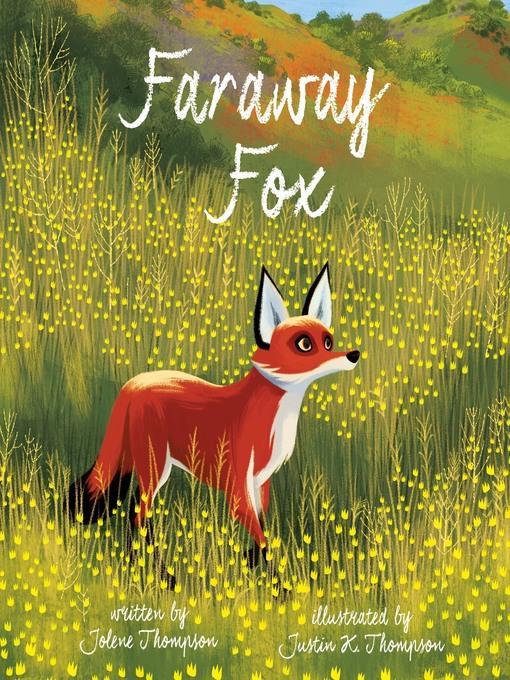
Faraway Fox
کتاب های مرتبط
- اطلاعات
- نقد و بررسی
- دیدگاه کاربران
نقد و بررسی

July 25, 2016
In their first children’s book, the Thompsons sensitively examine the effect of human development on wildlife through the lens of a fox that has been separated from its family. Through the fox’s lonely inner monologue, Jolene Thompson plays directly to readers’ emotions as the fox remembers a bygone life with its family. “As kits, we spent our summer splashing in the stream and catching frogs while our parents went out to hunt,” she writes as the fox peers into a concrete drainage ditch, its reflection the only other fox around. “My sister would always catch the most,” the fox continues. “I wonder where she is now.” In angular digital illustrations with a fittingly somber palette, Justin Thompson creates landscapes that have seen better days: the broken-down cars, endless fences, and desolate strip malls the fox wanders past quietly but plainly suggest that humans aren’t making the most of the land they’ve commandeered. A happy reunion for the fox—thanks to the construction of a highway underpass designed to give animals a safe crossing—feels very well deserved. Ages 4–7. Agent: Kirsten Hall, Catbird Agency.

June 1, 2016
When human encroachment eliminates a young fox's forest habitat, it searches to find a new home. The lone fox narrates in the first person, beginning the story with recollections of how its family had lived together in their forest, hunting and playing. During its young life, encroachment has depleted the forest, leaving it fragmented. Alone, the fox wanders through housing developments, along viaducts, and past vacant lots. Each place reminds the fox of a particular family member: at the concrete viaduct, it recalls playing with a sister in what used to be a stream. When it reaches the wide freeway, the fox remembers when its father discovered a deer that had been trapped and realizes it is trapped now, too. The fox wanders until it comes upon construction workers who have built a highway wildlife tunnel for safe passage under dangerous roads. Without being maudlin, author Thompson's words give a gentle, reflective tone to the story that addresses not only habitat reduction, but also the difficult problem of animals and vehicles. Illustrator Thompson's luminous artwork adds empathy to the text and offers hope not only for the fox, but also for many wild creatures; a sign indicating the site of a future wildlife preserve will ease many young listeners' anxiety. Informative and empathetic. (Picture book. 4-7)
COPYRIGHT(2016) Kirkus Reviews, ALL RIGHTS RESERVED.

July 1, 2016
K-Gr 2-Due to suburban sprawl, a young fox has been separated from others of his kind. Readers hear his thoughts about missing his mother's advice and hunting skills, the games he played with his brother and sister, and the roaming he did with his father. All the while, he seems to be the only fox around and is navigating forlornly the human-made world that has grown up around him. Eventually, he notices a new kind of human development-a huge tunnel being built to connect the urban area with a wildlife preserve, which now allows him to reconnect with many other foxes. He is home again. This story would make a suitable read-aloud for young children, but it must be accompanied by an age-appropriate explanation of habitats. Factual information about special wildlife tunnels and bridges around the world and their importance in helping to minimize humans' toll on habitat destruction is appended. The art is clear and spans spreads completely with colorful saturation. VERDICT A primary purchase where young naturalists abound.-Maggie Chase, Boise State University, ID
Copyright 2016 School Library Journal, LLC Used with permission.

























دیدگاه کاربران